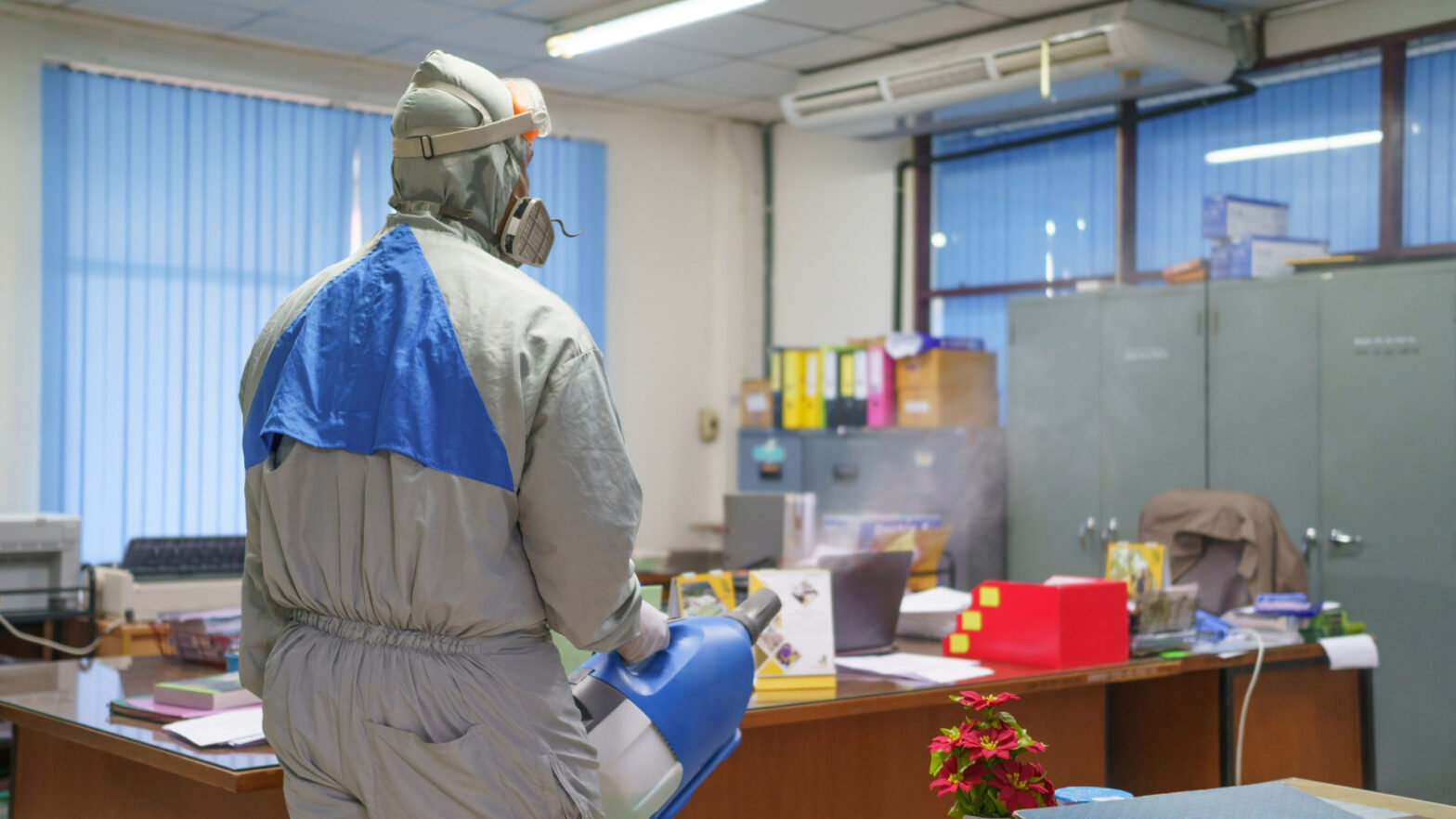Why is pest control in hospitals so Important?
Pest control for hospitals is crucial. There is simply too much to lose, with a huge risk of health issues and disruption if an infestation occurs.
As well as areas for care, such as wards, operating theatres, and intensive care, hospitals also have many other areas that can attract pests. There are areas for the preparation of food which can attract pests, as well as warm areas like laundry rooms.
The risk to hospitals is so large (there were revealed to be 5,000 calls a year from hospitals with pest problems) that the Department of Health insists that all hospitals prioritize pest control. Earing news about a pest problem in hospitals is very common. A spokesperson said all “hospitals must have an effective pest-control policy and the use of experts is good practice to ensure that buildings are kept clean and safe for patients.”
Pest Problem that hospitals commonly face
Hospitals can attract a wide range of pests due to the varied nature of hospital premises. They include rodents and many types of insects.
Rodents
Rodents can spread disease and cause widespread disruption. Their tendency to chew through wires could be catastrophic in a hospital environment, where cables could mean the difference between life and death. There have been many cases where there has been short circuit due to rodents
Cockroach
Crawling and flying insects such as flies, ants, and cockroaches are also problematic. Cockroaches can contaminate food and can also trigger asthma attacks. Flies spread diseases such as dysentery, gastroenteritis, and tuberculosis which can be disastrous to already ill patients.
According to the World Health Organisation, because cockroaches feed on food and human feces, they can spread germs which can lead to diarrhea, dysentery, cholera, leprosy, poliomyelitis, typhoid fever, and allergic reactions, especially in newborns who have low immunity.
“Cockroaches are in touch with water, which, if contaminated, can cause bacterial or viral infections like rotavirus or all water-borne diseases. It is difficult to trace the cause to cockroach whenever patients contract such infections.
Bedbugs
Bedbugs are also a risk for hospital environments, which can be very unpleasant for patients.
In a 2015 survey conducted by the National Pest Management Association (NPMA) providers reported seeing increasing pest problems
33% to 36% in hospitals
When people think of bed bug problems in businesses, they most often think about hotels. In reality, bed bugs can become a problem anywhere that people and their belongings come in contact with each other. This includes airplanes, trains, apartment buildings, and even retail stores. It also includes healthcare facilities. When you think about the high volume of traffic in places like hospitals, nursing homes, and clinics, it makes sense why this would be the case. Over the past few years, we have seen an increase in bed bug complaints across industries, including healthcare.
With bed bugs come a multitude of business challenges, including employees and patients returning to their homes with bed bugs, cost of treatment and the impact bed bugs can have on your brand. Although bed bugs don’t transmit diseases to their victims, they can put patients at risk. The presence or even the suspicion of bed bugs can be very stressful. Bed bugs can also leave an itchy welt on their victims, which may become infected and pose a threat to sensitive patients. Here’s what you can do to help train your staff to be aware of bed bugs and understand detection and treatment options.
For more information and a no-obligation quote, please get in touch. Tahaan Pest Solutions



 Call Now
Call Now
 Tahaan Pest Control
Tahaan Pest Control October 4, 2023
October 4, 2023






